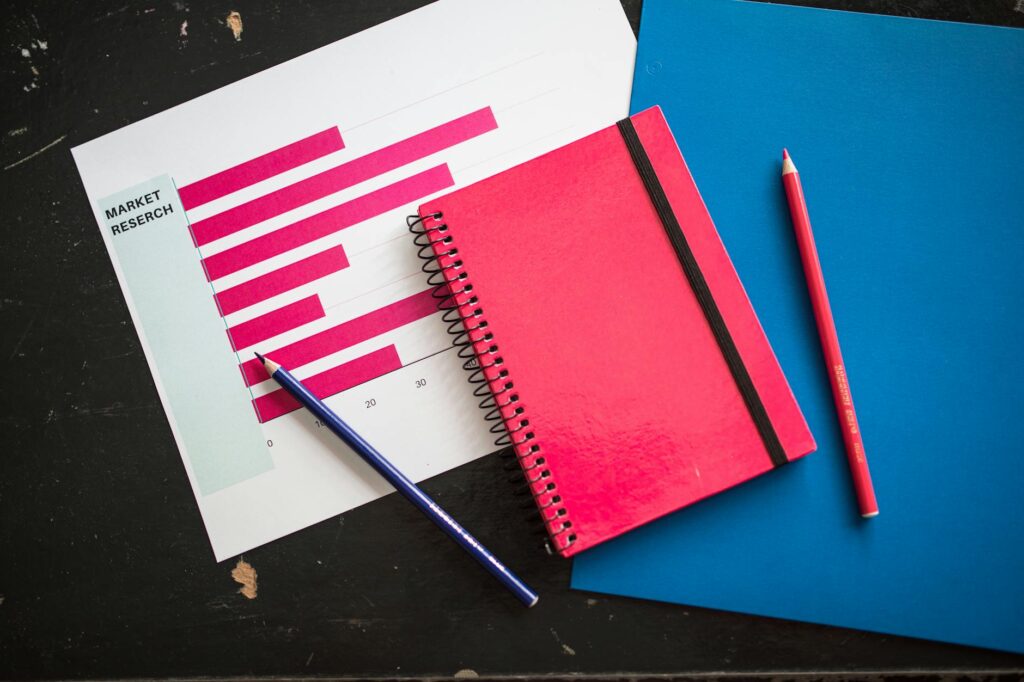What is visual productivity dashboards?

What is visual productivity dashboards?
Visual productivity dashboards have become essential tools for anyone looking to streamline their time management and enhance productivity. By consolidating data and insights into an easily digestible format, these dashboards allow individuals and teams to stay organized and focused on their goals. Whether you’re a solopreneur, a team leader, or a student, understanding and utilizing visual productivity dashboards can revolutionize the way you work.
Understanding Visual Productivity Dashboards
Visual productivity dashboards are graphical representations of data that provide users with an overview of their tasks, projects, and performance metrics. They simplify information by using charts, graphs, and other visual tools, making it easier to track progress and manage workloads effectively.
Definition and Purpose
At their core, visual productivity dashboards serve to track and manage tasks efficiently. They transform complex data into visual formats that highlight key performance indicators (KPIs), enabling users to gauge their progress at a glance. This immediate insight empowers decision-making and prioritization, allowing individuals to focus on what truly matters.
Key Components
Several vital components make up a comprehensive visual productivity dashboard:
- Metrics: These are quantifiable measurements that reflect performance. Common metrics include the number of tasks completed, time spent on projects, and deadlines met.
- Graphs and Charts: These visual elements illustrate data trends and comparisons over time. Bar graphs, pie charts, and line charts are popular choices for showcasing performance metrics.
- Progress Indicators: These offer a visual representation of how close you are to achieving specific goals. They can be simple percentage bars or more complex visualizations that show task completion.

Photo by RDNE Stock project
Benefits of Using Visual Productivity Dashboards
Implementing visual productivity dashboards offers numerous advantages that can significantly enhance your work routine.
Enhanced Clarity and Focus
One of the most significant benefits of these dashboards is the clarity they provide. By presenting information visually, you can quickly identify critical tasks and areas that need attention. This focus allows you to allocate your time and resources more effectively, ultimately improving your productivity.
Improved Time Management
Visual dashboards assist in better time management by allowing you to prioritize your tasks based on urgency and importance. With a clear overview of deadlines and progress, you can allocate your time more wisely, ensuring that high-priority tasks are completed on schedule. This method of visual prioritization can lead to a more structured and efficient workflow.
Increased Accountability
Having a visual dashboard not only keeps you accountable but can also promote accountability within teams. By sharing dashboards with team members, everyone can track their progress and contributions, fostering a sense of responsibility and collaboration. When everyone is aware of their tasks and deadlines, it leads to a more engaged and motivated team.
How to Create Effective Visual Productivity Dashboards
Creating an effective visual productivity dashboard tailored to your needs requires thoughtful planning and execution.
Choosing the Right Tools
To build a dashboard that meets your needs, you’ll need to select appropriate tools and software. Options like ClickUp, which allows for customizable dashboards, can help you visualize your productivity effectively. Other platforms like Notion and Trello can also serve as great alternatives for personal and team dashboards.
Identifying Key Metrics
Determine which key performance indicators (KPIs) will best serve your goals. These might include task completion rates, time spent on various projects, or metrics specific to your industry. Identifying these KPIs will allow you to measure productivity accurately.
Maintaining and Updating Dashboards
Regular updates and maintenance of your dashboard are crucial. As priorities shift and new tasks arise, your dashboard should reflect these changes. Set aside time each week or month to review and adjust your metrics, ensuring that your dashboard remains relevant and useful.
Examples of Visual Productivity Dashboards
Real-life applications of visual productivity dashboards illustrate their effectiveness across various scenarios.
Personal Dashboard Examples
Personal dashboards often focus on daily tasks and habit tracking. For instance, a simple dashboard might include a list of daily goals, a habit tracker, and a visual representation of task completion. Tools like Notion or Trello can serve as great platforms for these personal dashboards, allowing you to customize them to fit your unique preferences.
Team Dashboard Examples
In a team setting, dashboards can streamline project management and enhance collaboration. A team dashboard might display project timelines, individual contributions, and collective performance metrics. These dashboards help align team members on shared goals, making it easier to work together towards common objectives.
Conclusion
Visual productivity dashboards are more than just tools; they can transform the way you manage your time and tasks. By providing clear insights into your performance, enhancing accountability, and promoting better time management, these dashboards empower you to reach your productivity goals. Explore the various tools and techniques available to create your own visual productivity dashboard, and see how it can impact your work life positively. Embrace this method of visual management, and watch your productivity soar!